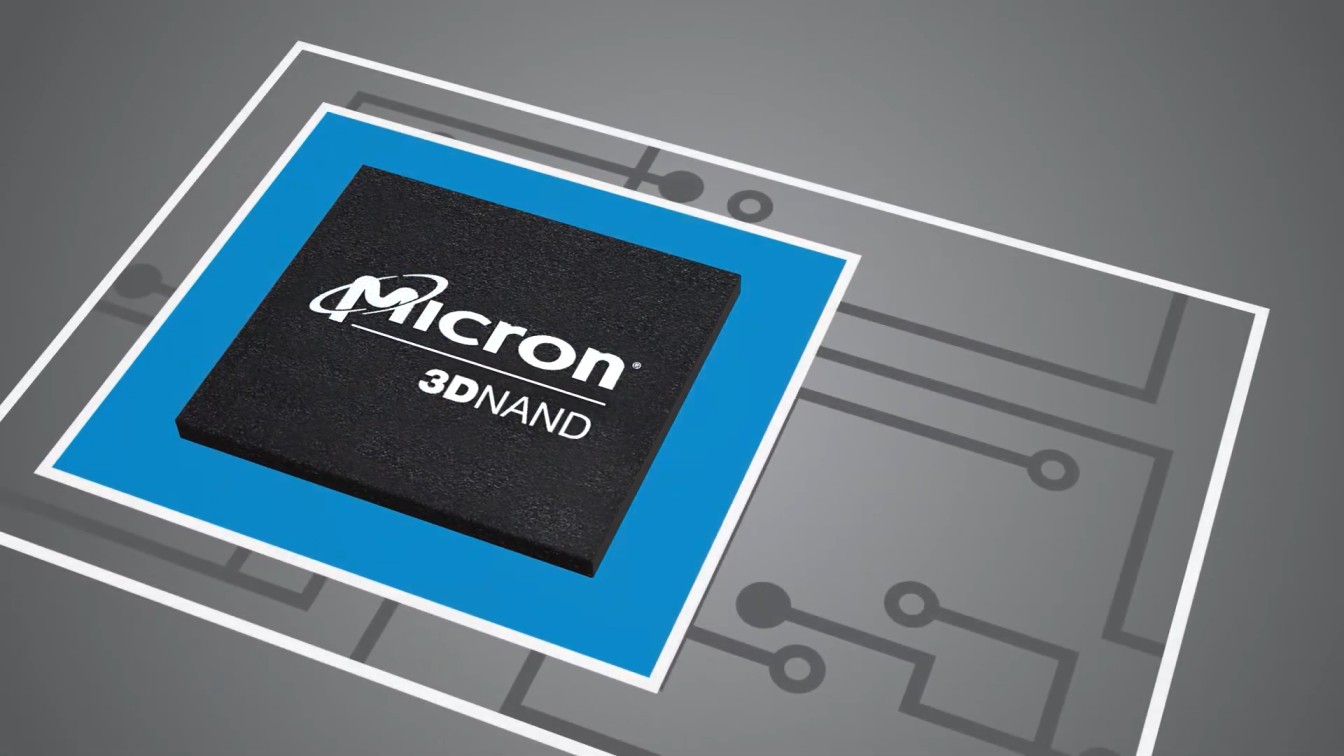Surge in space constraints on the semiconductor wafer, high performance & low latency of 3D NAND flash memory, and increase in demand for data centers drive the growth of the global 3D NAND flash memory market.
PORTLAND, Ore., March 21, 2022 – Allied Market Research published a report, titled, “3D NAND Flash Memory Market by Type (Single-Level Cell, Multi-Level Cell, and Triple-Level Cell), Application (Camera, Laptops & PCs, Smartphones & Tablets, and Others), and End User (Automotive, Consumer Electronics, Enterprise, Healthcare, and Others): Global Opportunity Analysis and Industry Forecast, 2021–2030″. According to the report, the global 3D NAND flash memory industry generated $12.38 billion in 2020, and is anticipated to generate $78.42 billion by 2030, witnessing a CAGR of 20.3% from 2021 to 2030.
3D NAND is a type of non-volatile flash memory that has multiple layers of memory cells stacked vertically. Traditional 2D — or planar — NAND memory is designed and manufactured in a two-dimensional matrix, whereas 3D NAND memory is designed and manufactured in a three-dimensional matrix.
NAND basics in 2D and 3D
A flash memory cell is essentially a logic gate, and all logic gates follow the same binary input/output (I/O) connection. A truth table is a table that shows the relationship between logic gate inputs and outputs.
Back in the 1980s, when Toshiba first invented flash memory, the memory devices were based on two unique types of logic gates:
The terms NOR (not-OR) and NAND (not-AND) are used interchangeably. Both methods use floating gate transistors to store data in memory cells (FGTs).
NAND flash memory cells have become the most common and widely utilized type of flash memory cell today. Fundamental NAND and NOR gates are shown in the following two images for students of basic digital electronics.

Prime Determinants of Growth
Surge in space constraints on the semiconductor wafer, high performance & low latency of 3D NAND flash memory, and increase in demand for data centers drive the growth of the global 3D NAND flash memory market. However, precision required at the time of manufacturing and high manufacturing cost hinder the market growth. On the other hand, rise in penetration of internet of things presents new opportunities in the coming years.
Download Sample Report (Get Full Insights in PDF – 335+ Pages) @ https://www.alliedmarketresearch.com/request-sample/1782
Covid-19 Scenario
- The outbreak of the COVID-19 pandemic has had a negative impact on the growth of the global 3D NAND flash memory market, especially in the initial phase.
- Several factors such as lack of skilled workforce availability, delay or cancelation of projects owing to partial or complete lockdown globally hampered the market growth.
- At the same time, demand for 3D NAND flash memory from its end users declined to a major level.
The Triple-level Cell Segment to Maintain Its Leadership Status Throughout the Forecast Period
Based on type, the triple-level cell segment held the highest market share in 2020, accounting for more than half of the global 3D NAND flash memory market, and is estimated to maintain its leadership status throughout the forecast period. Moreover, the same segment is projected to manifest the highest CAGR of 21.1% from 2021 to 2030. The triple-level cell (TLC) flash offers a lower price per gigabyte as compared to SLC and MLC flash, therefore, it offers significant growth opportunities for the market.
The Consumer Electronics Segment to Maintain Its Lead Position During the Forecast Period
Based on end user, the consumer electronics segment accounted for the largest share in 2020, contributing to nearly half of the global 3D NAND flash memory market, and is projected to maintain its lead position during the forecast period. Inclination toward electric and hybrid vehicles that utilize electronics drives the market for 2D and 3D NAND flash memories. This in turn, is driving the growth of Image sensor across consumer electronics sector. However, the healthcare segment is expected to portray the largest CAGR of 21.2% from 2021 to 2030.
Asia-Pacific, Followed by North America, to Maintain Its Dominance by 2030
Based on region, Asia-Pacific, followed by North America, held the highest market share in terms of revenue in 2020, accounting for nearly half of the global 3D NAND flash memory market, owing to surge in investment by prime players in data centers. However, the LAMEA region is expected to witness the fastest CAGR of 21.2% during the forecast period, attributed to rise in awareness about artificial intelligence and IoT technology to develop smart infrastructure solutions.
Leading Market Players
- Samsung Electronics Co., Ltd.,
- Toshiba Corporation
- SK Hynix Semiconductor, Inc.
- Micron Technology, Inc.,
- Intel Corporation
- Apple Inc.
- Lenovo Group Ltd.,
- Advanced Micro Devices
- STMicroelectronics
- SanDisk Corporation

